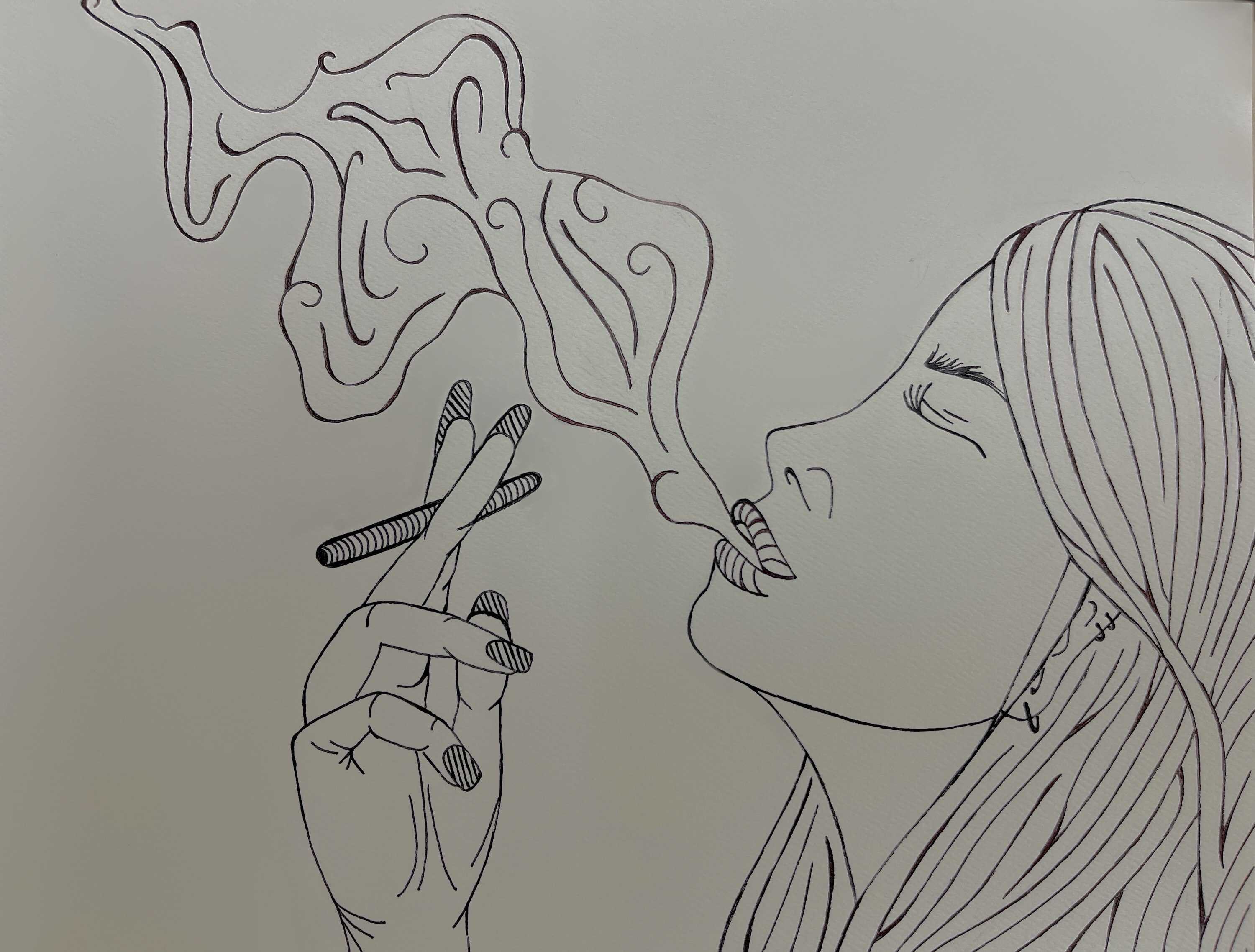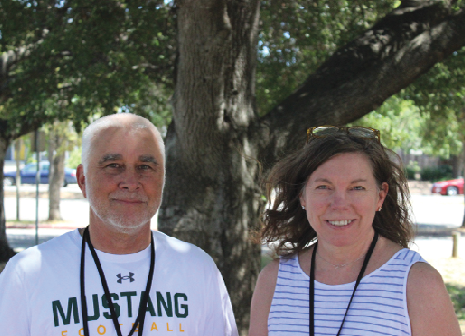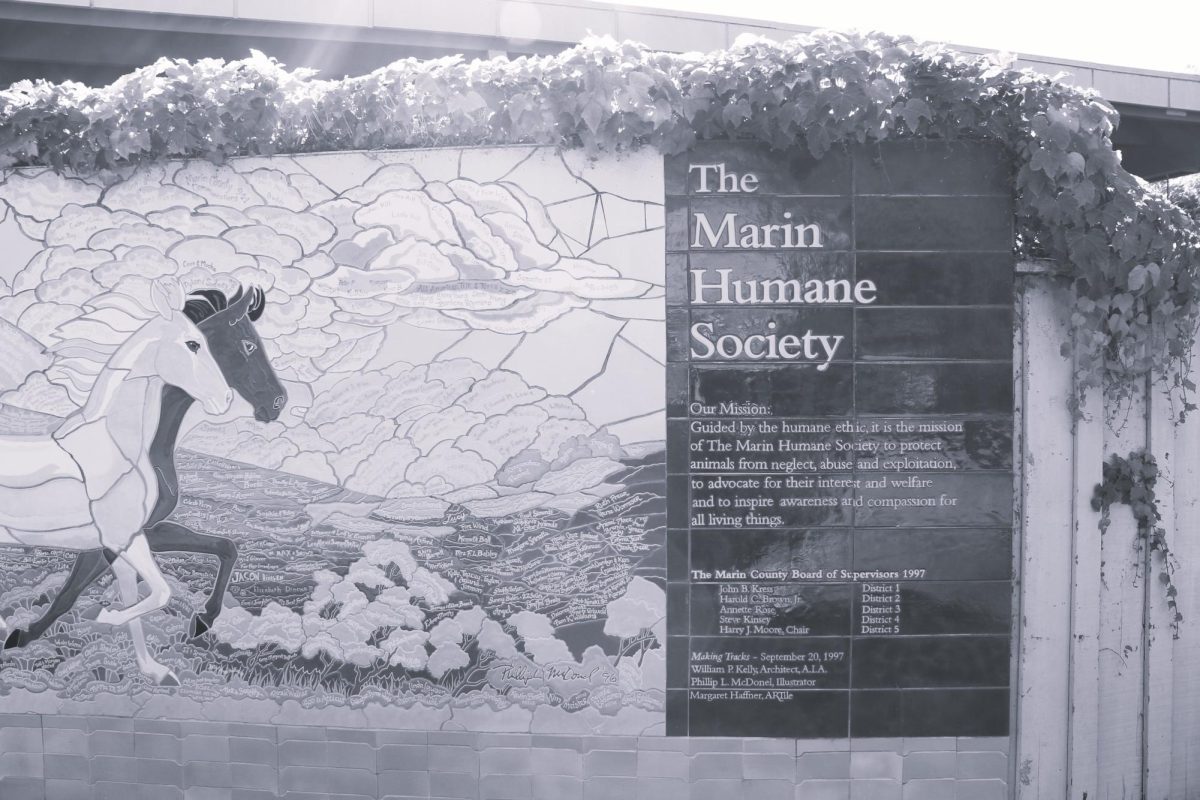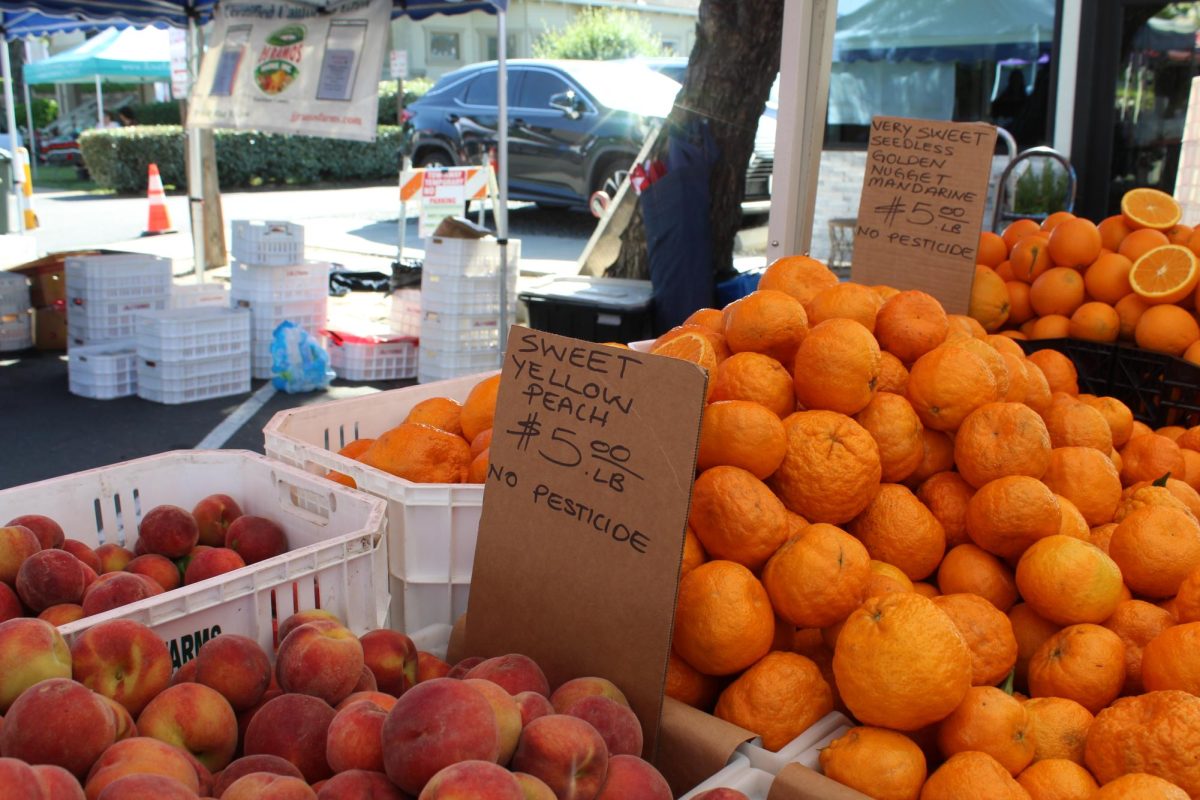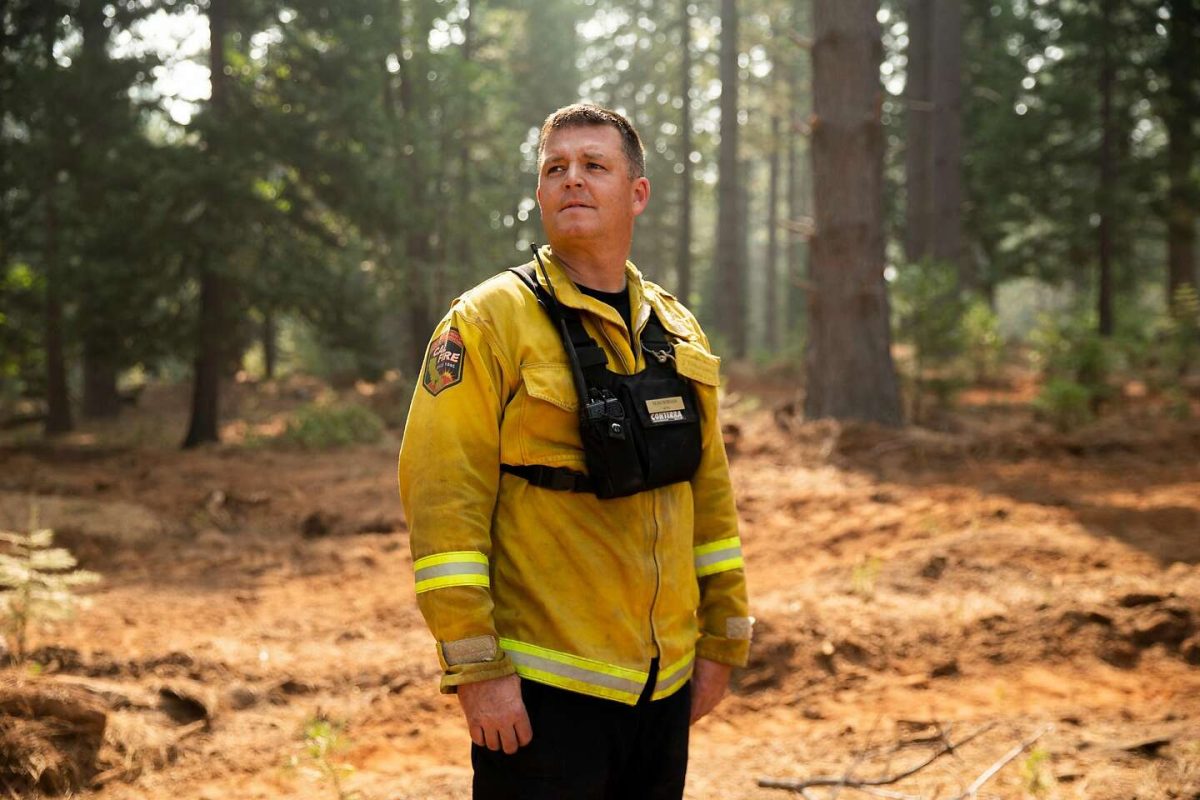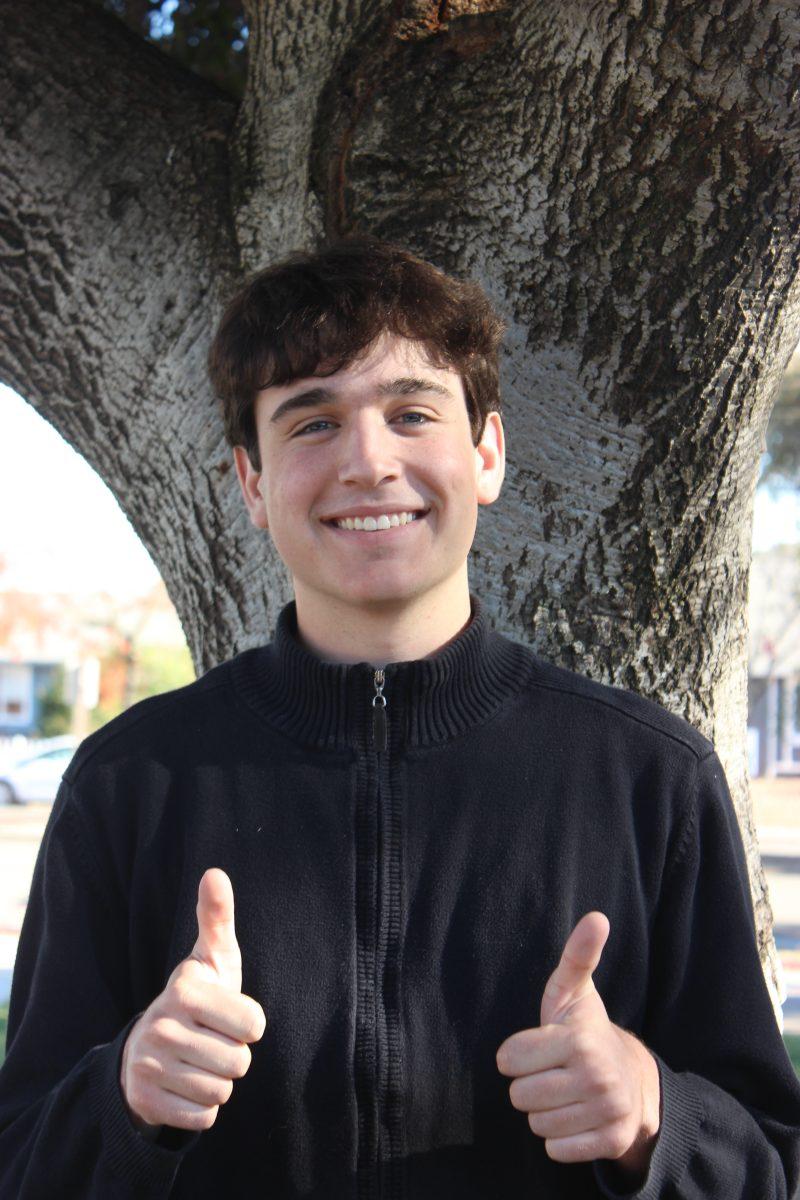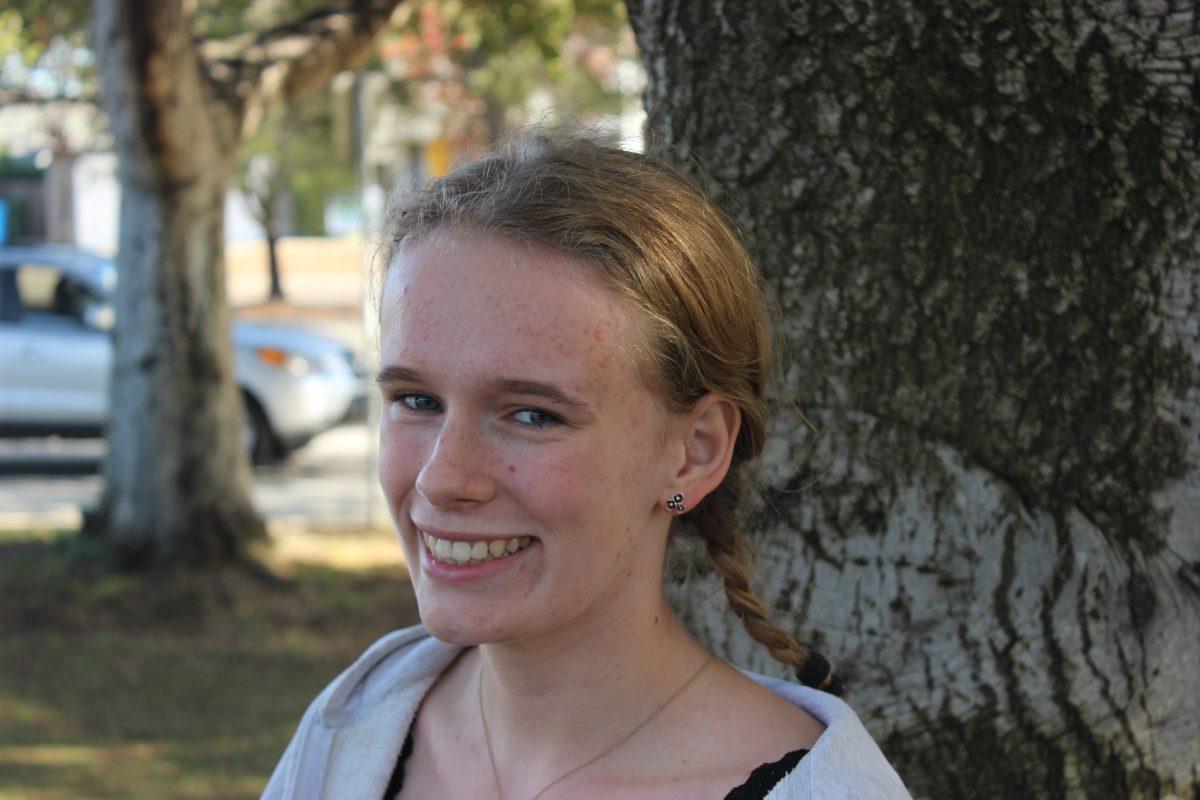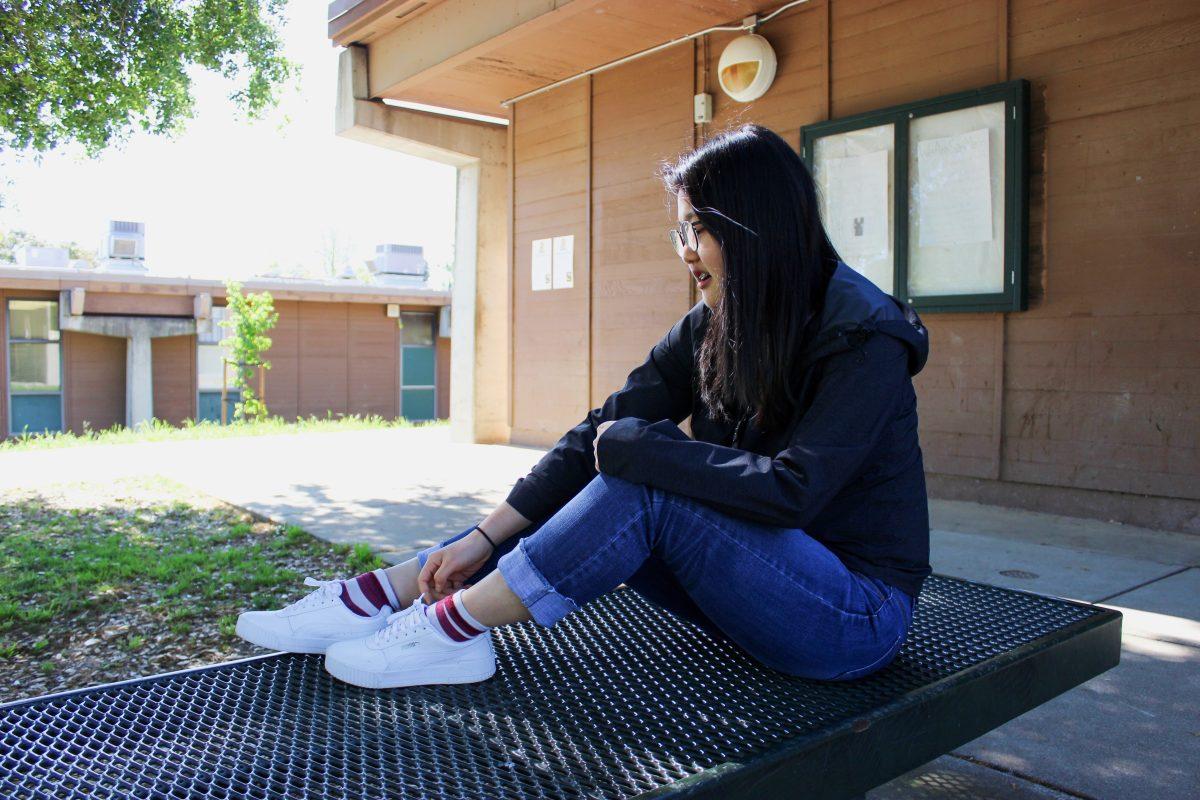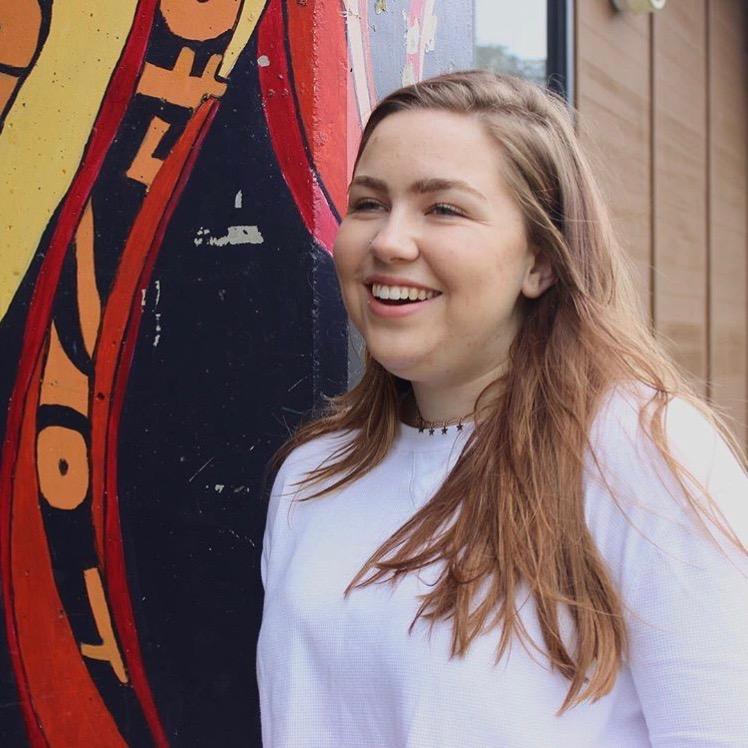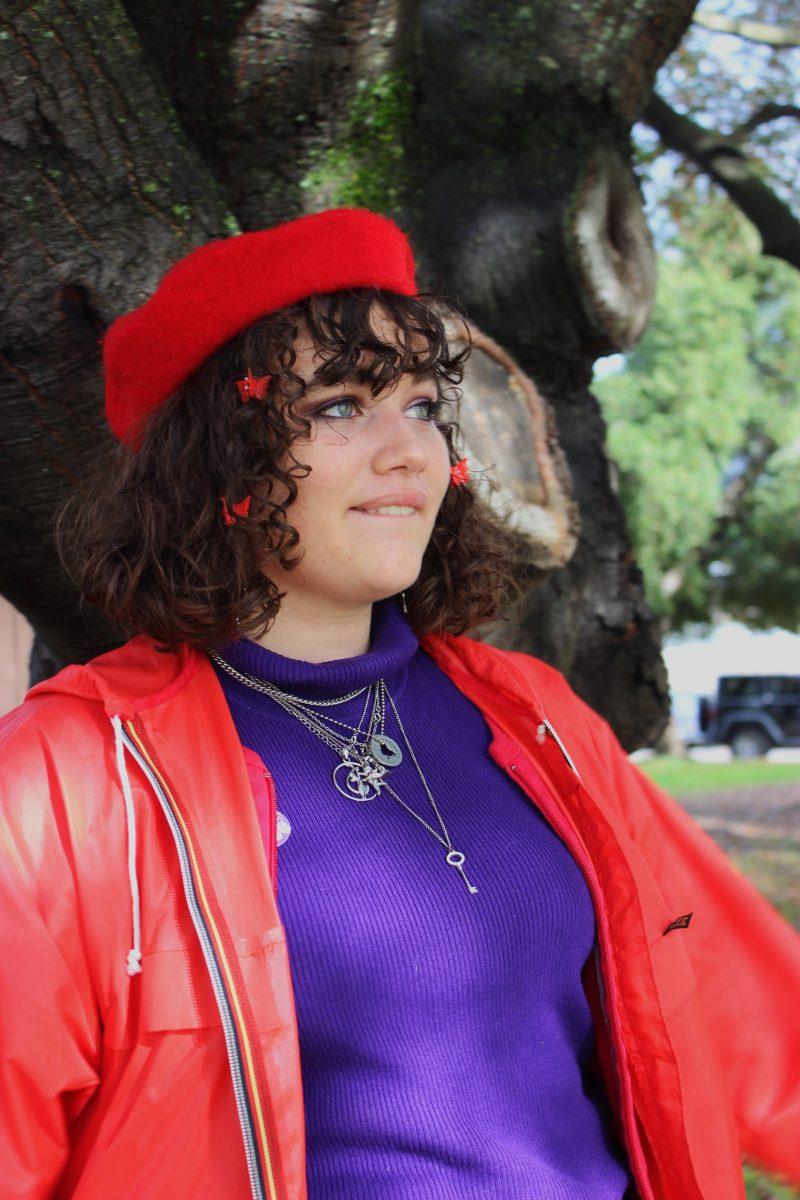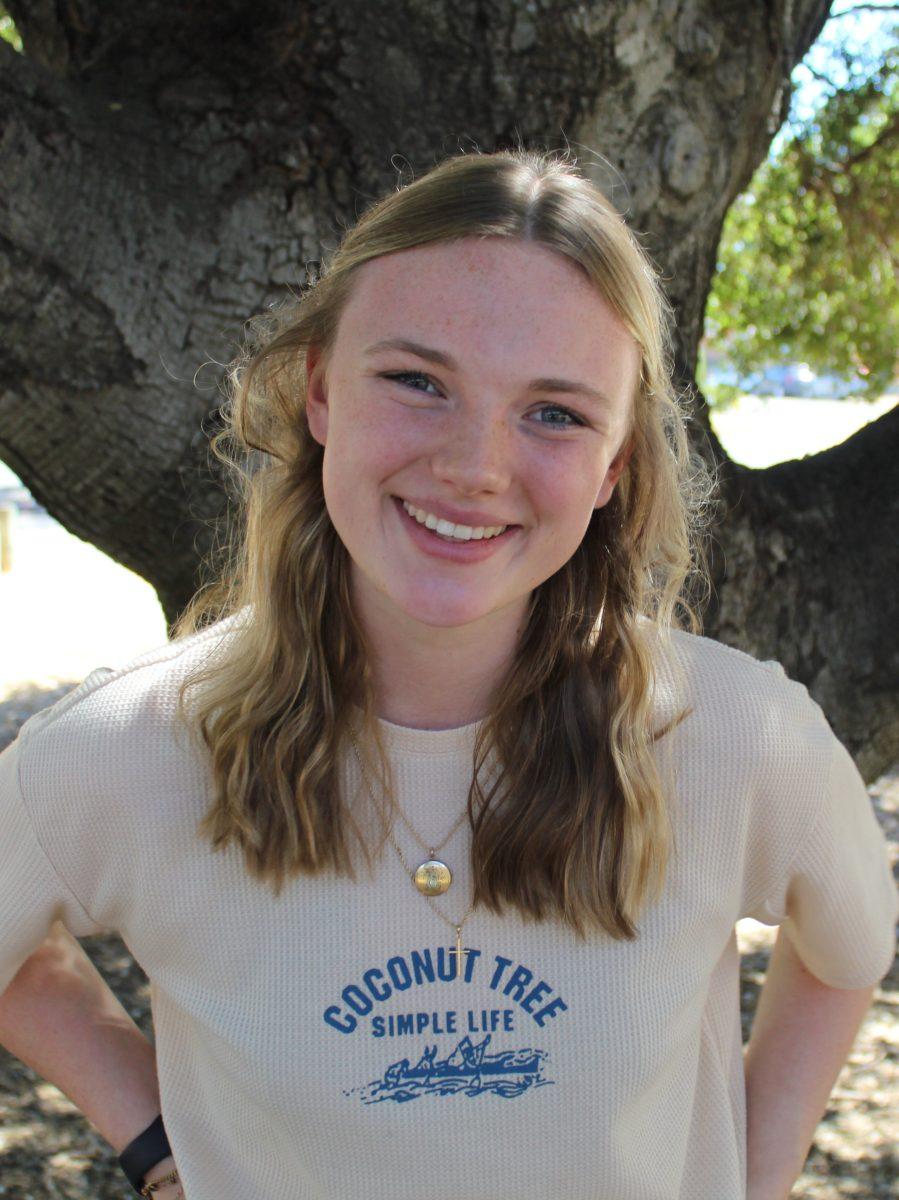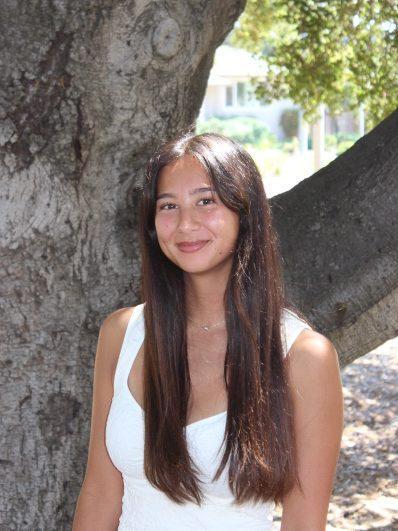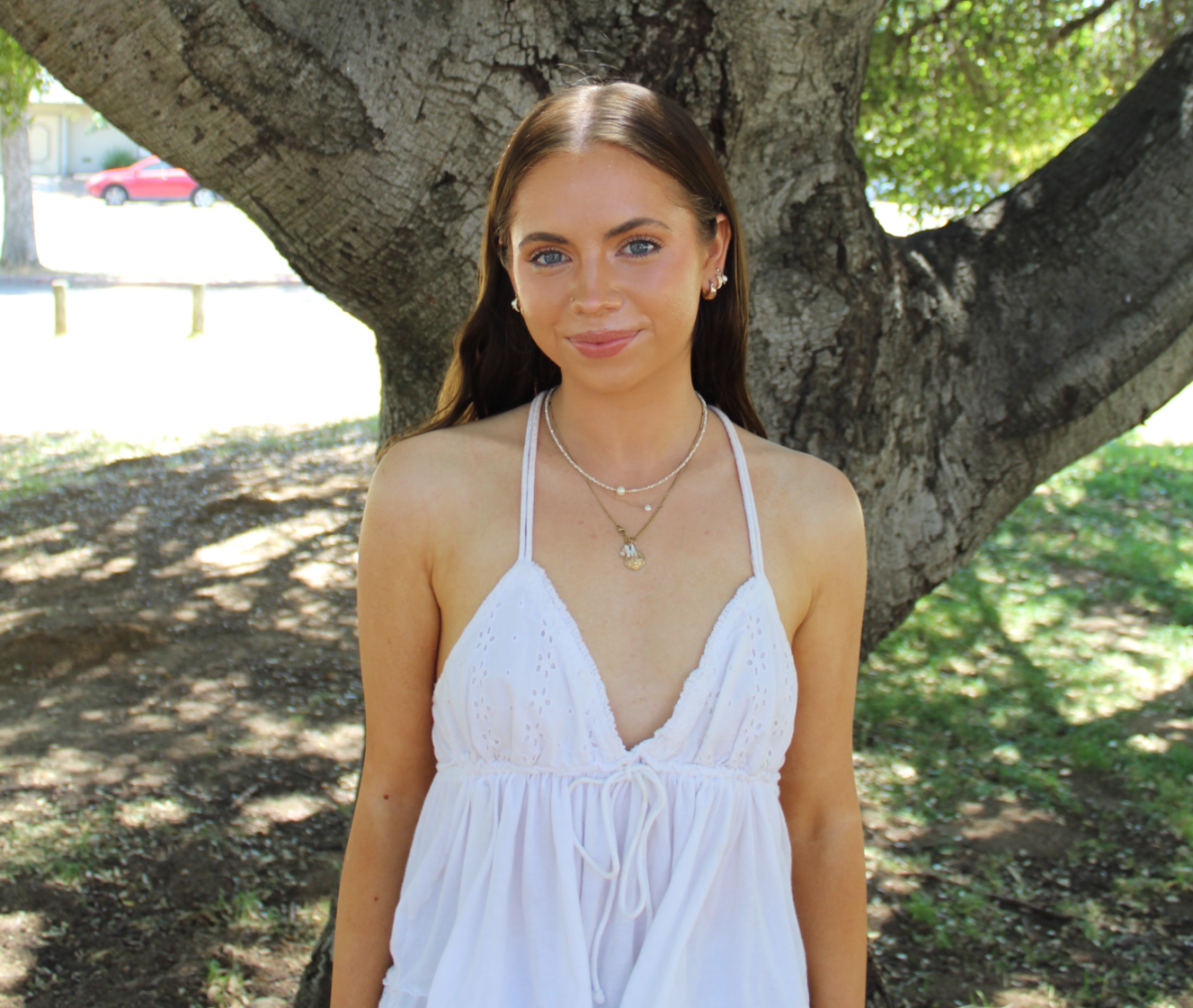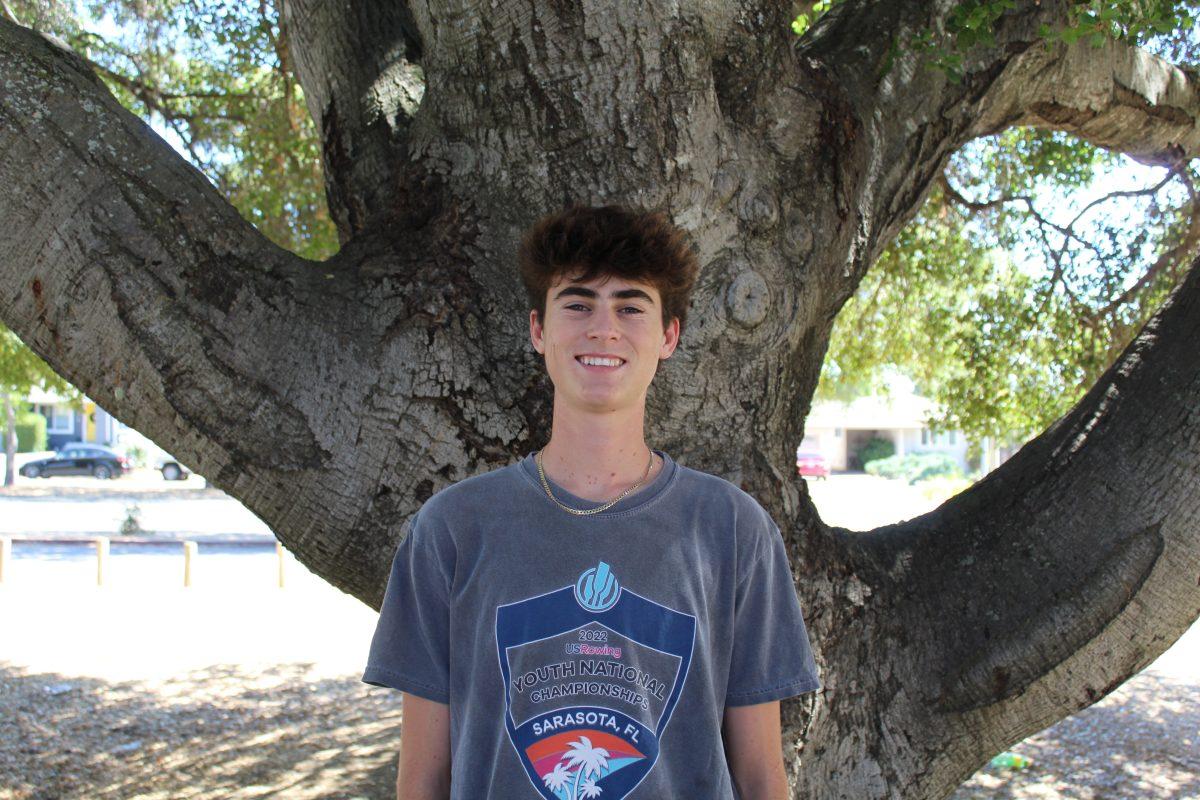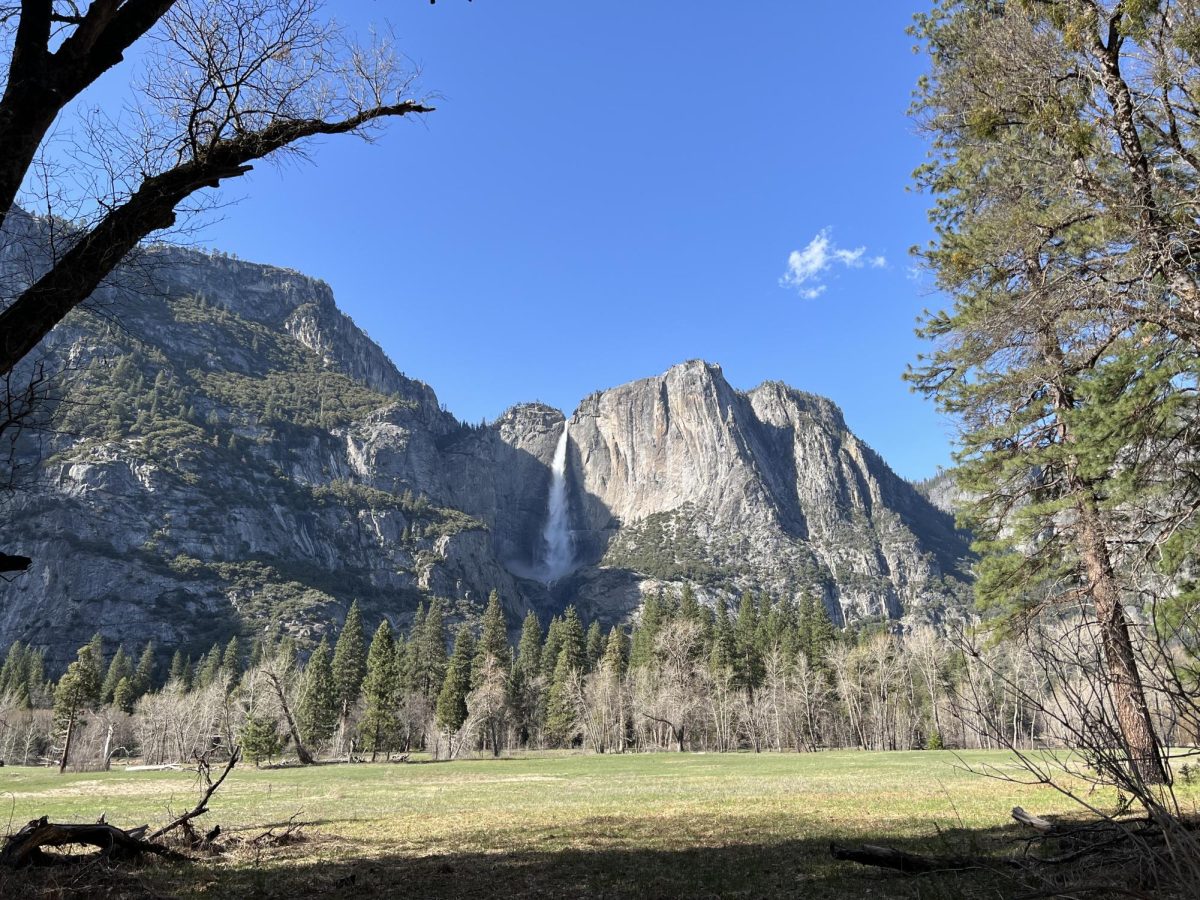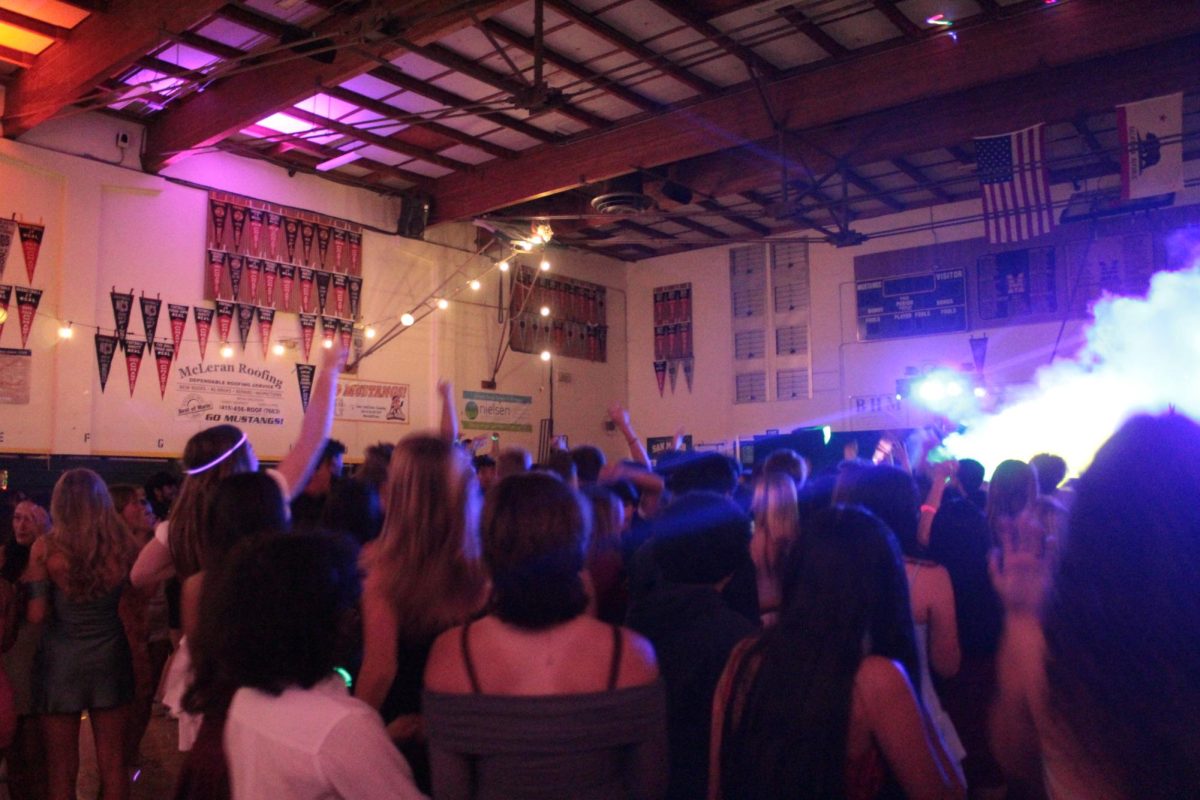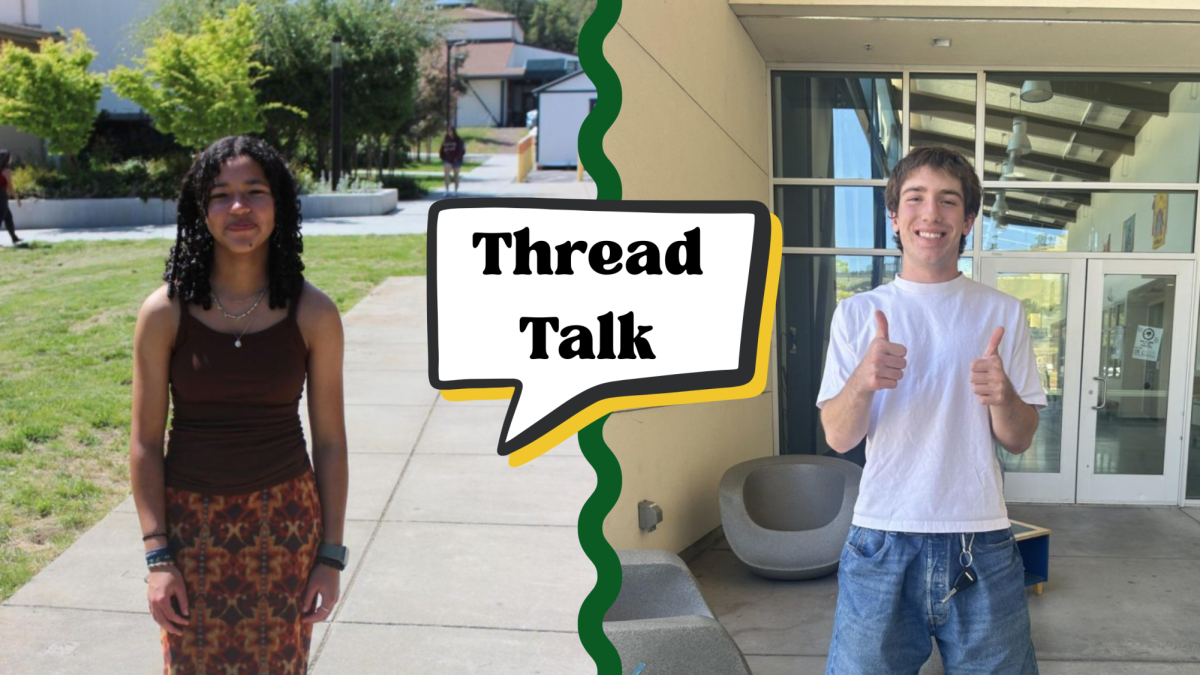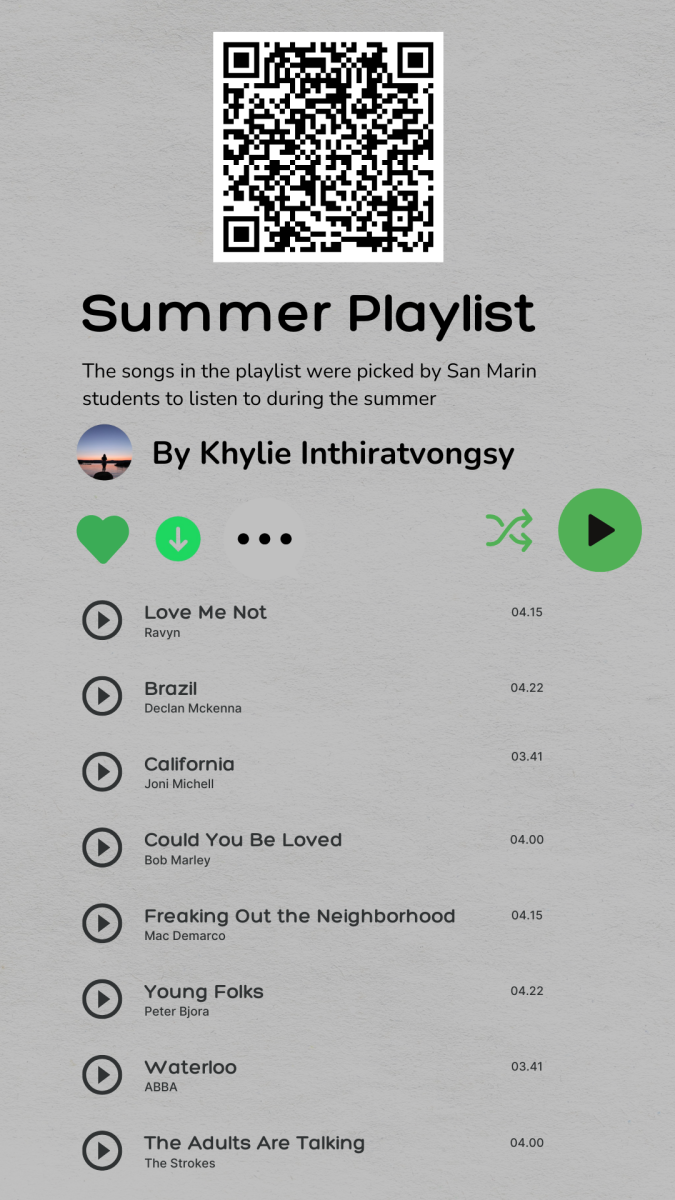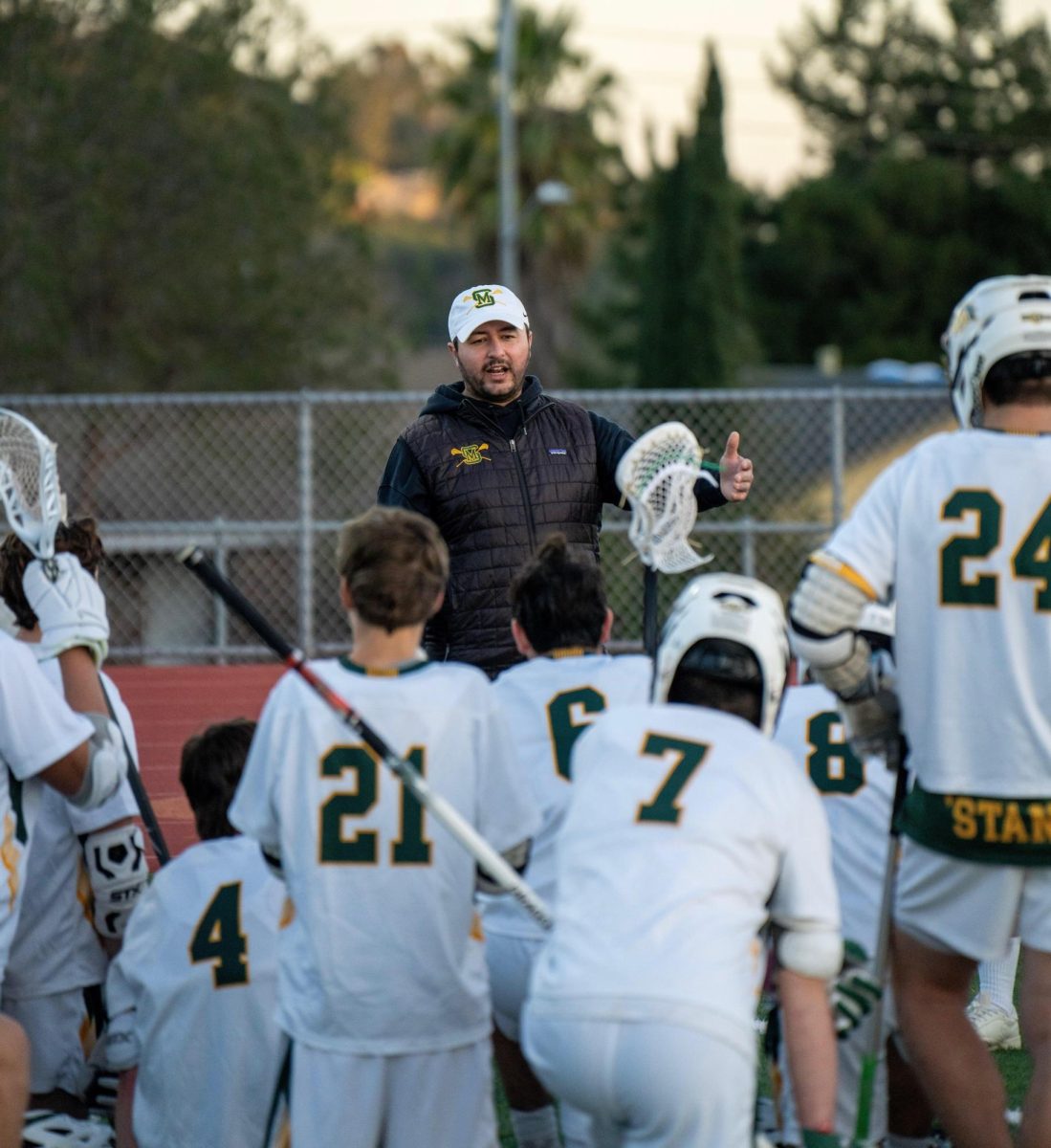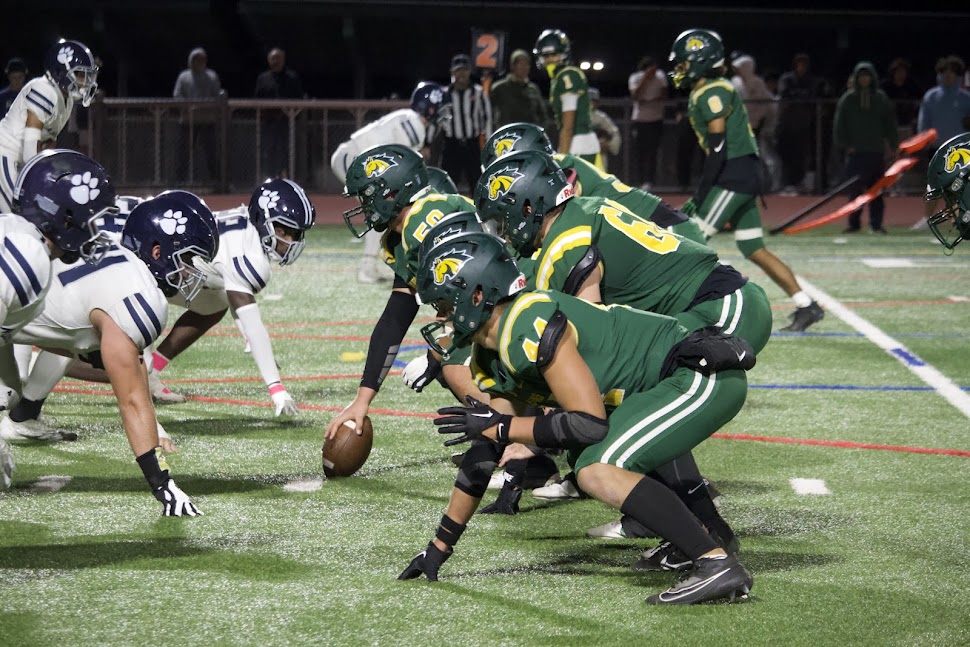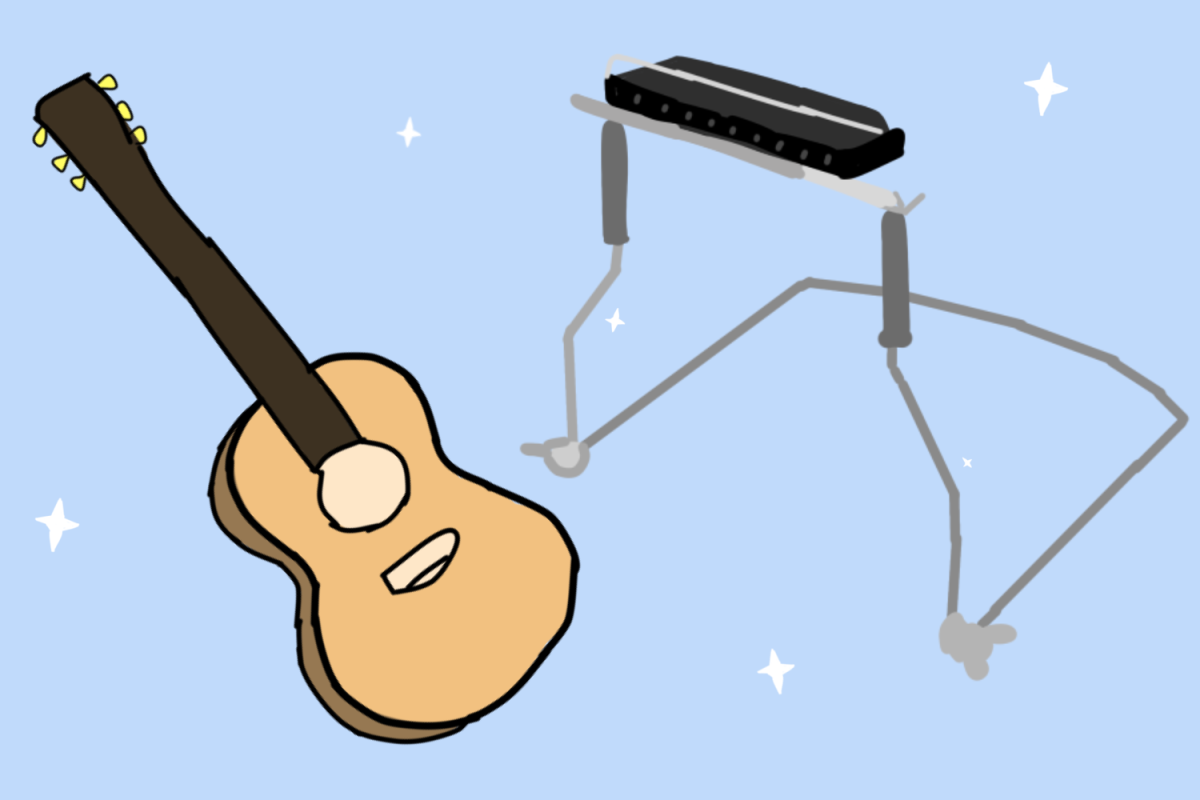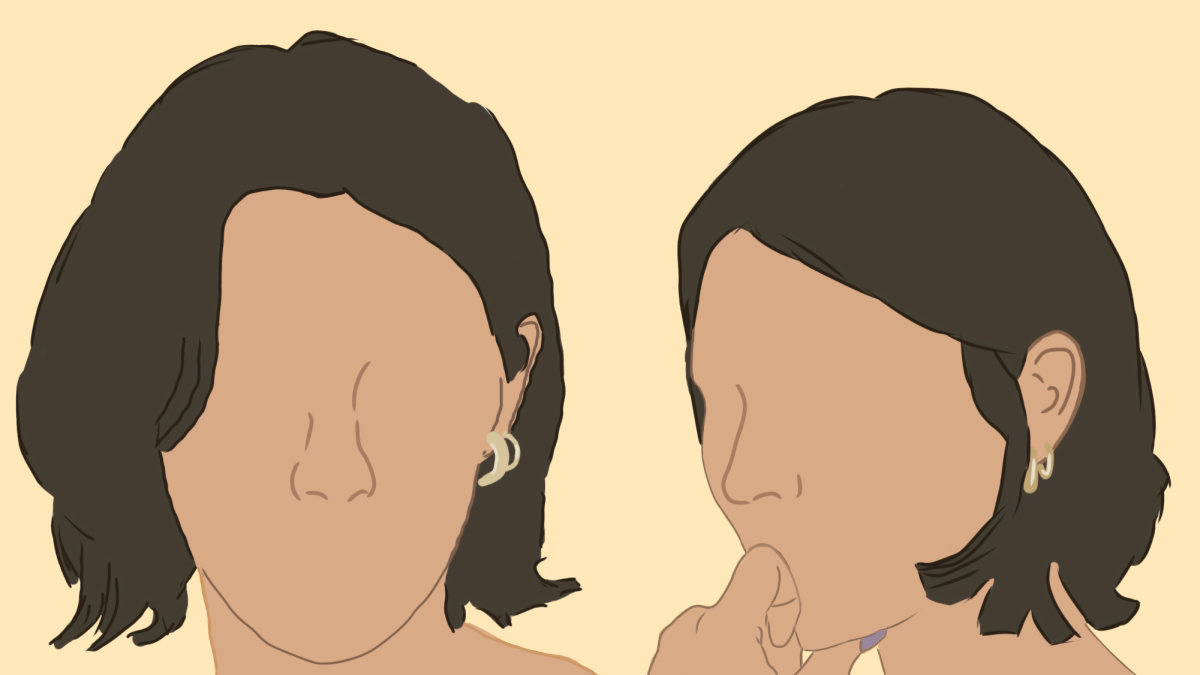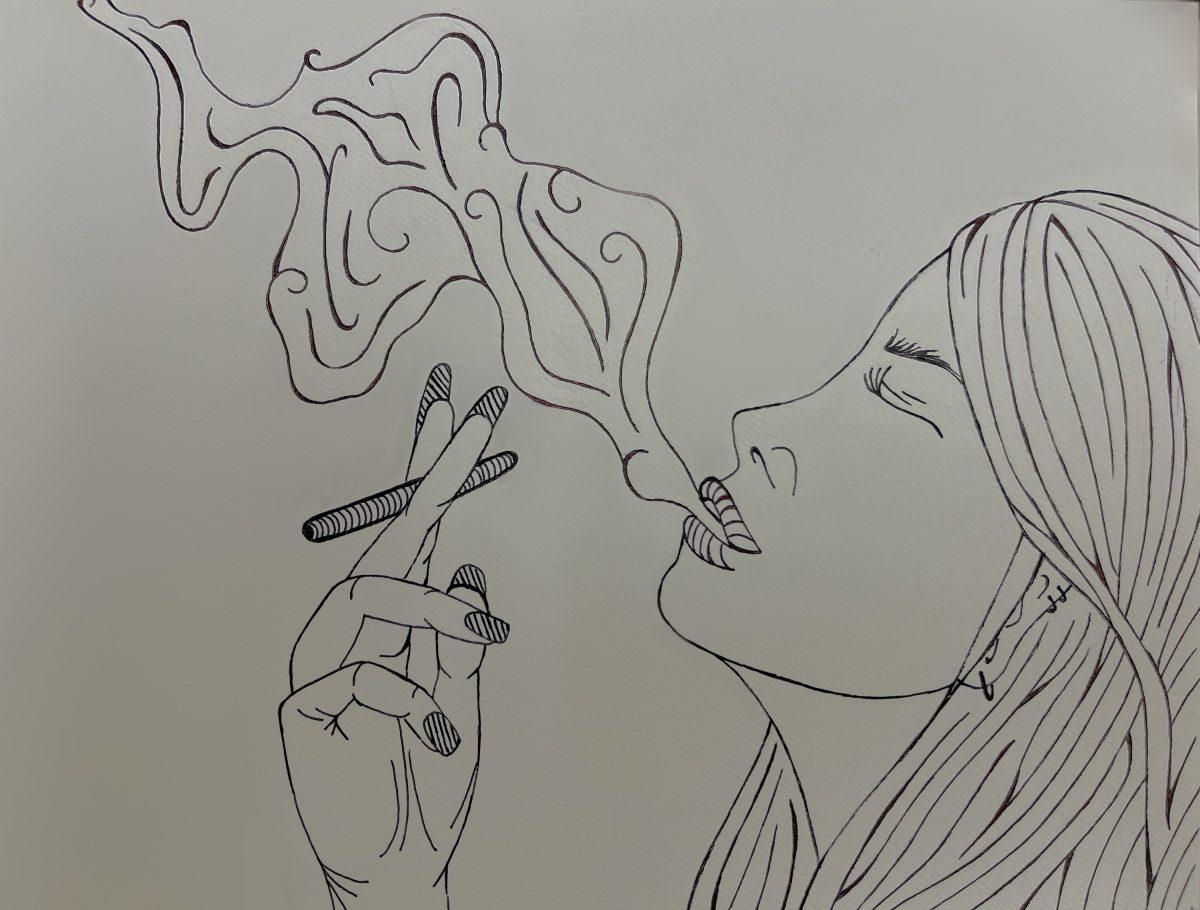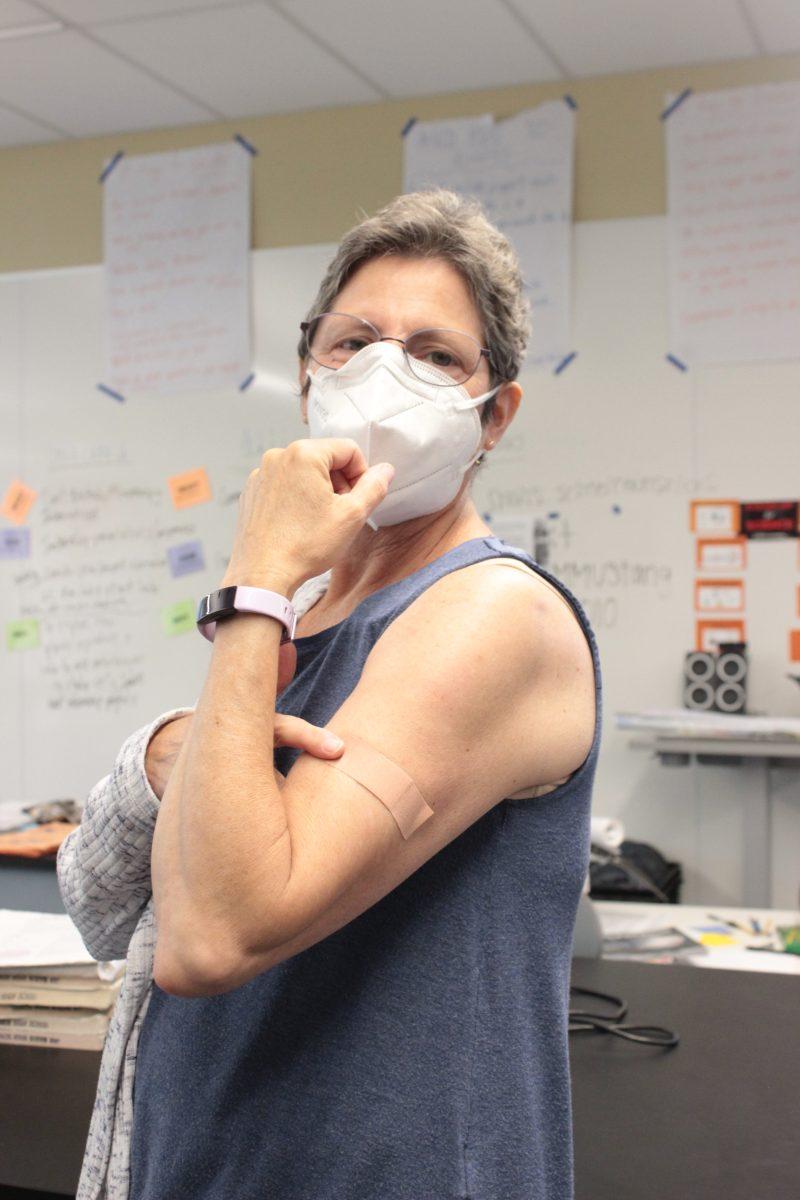Now that San Marin has returned to being fully in person, many students are looking forward to having the social interaction and freedom to explore new things with less restrictions. For some high school students, this does not only include classes, relationships, and extracurricular activities, but experimenting with drugs and alcohol.
“[This school year] there have been reports of ecstasy, marijuana vaping, and marijuana use on campus,” School Resource Officer (SRO) Laura Houser said. “In some of those cases, students were reported to be under the influence on campus and found to have drugs in their possession.”
On Aug. 31, the school sent an email home to parents emphasizing that only one individual is needed in a bathroom stall at a time. It also included reports of multiple students having been seen in stalls together. The bathroom, a legally private place, is well known on campus as a hub for drug use. Yet since returning, many students feel there is a significant decrease in people using the bathroom to do drugs.
“You don’t have big groups of people going into the bathrooms as much anymore because it raises suspicion, but it is still the same as it has been, people just go to their cars instead,” an anonymous student said. “Even in the heat of COVID, people were sharing and passing things around. You just don’t see it on campus as much.”
To take action against drug use, the administration implemented vape detectors in the bathrooms and increased the frequency of their security trails. So far this year, new assistant principal Kathryn Waller, who works exclusively with the freshman and senior classes, has not received any reports of drug use on campus.
“Maybe it is just the optimist in me, but I really think that COVID brought us back to the basics,” Waller said. “Simple things like being in a classroom brings out positive feelings in students’ lives that can hopefully fill any void they may have been experiencing during the pandemic.”
Despite her optimism, Waller recognizes that because students go off campus for lunch, it is possible that they are abusing drugs during this time. However, she still finds it important to give students the freedom of leaving campus to help prepare them for making decisions later in life.
“If you cage them in, they will start acting like caged animals,” Waller said. “We want to create a culture and environment where we are helping kids make good decisions and not trapping them inside. I hope kids are excited to be here in person with their friends versus turning to drugs to amplify their experience.”
Though there seems to be less on-campus drug use, an increase or decrease cannot be confirmed. In some situations, people do not realize the extent of drug use until they are directly affected. Officer Houser shared her personal connection regarding one of her closest friends Trey, who died in 2013 from an accidental opioid overdose.
“I think of Trey often,” Officer Houser said. “I also think of all the young people in Novato I have watched placed into body bags, whose death stemmed from drug use.”
As a San Marin alumni, she was not aware of just how many students abused drugs and wishes she had known more about opioid drug abuse when she was younger so that she could have helped Trey.
“It wasn’t until after high school and having a job in law enforcement that I learned addictions with “hard” drugs [can begin] in high school,” Officer Houser said. “This revelation made me realize how drug use by peers can be right in front of us and we may have no idea.”
